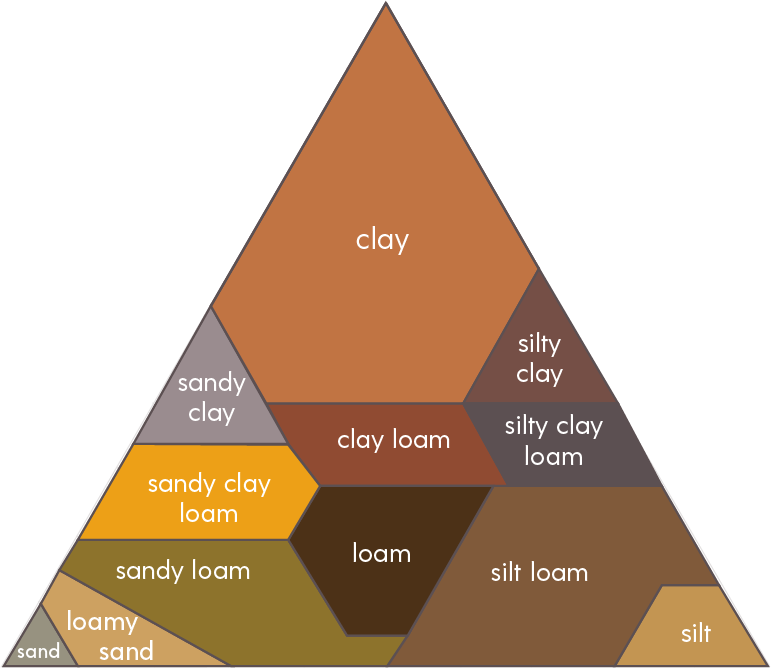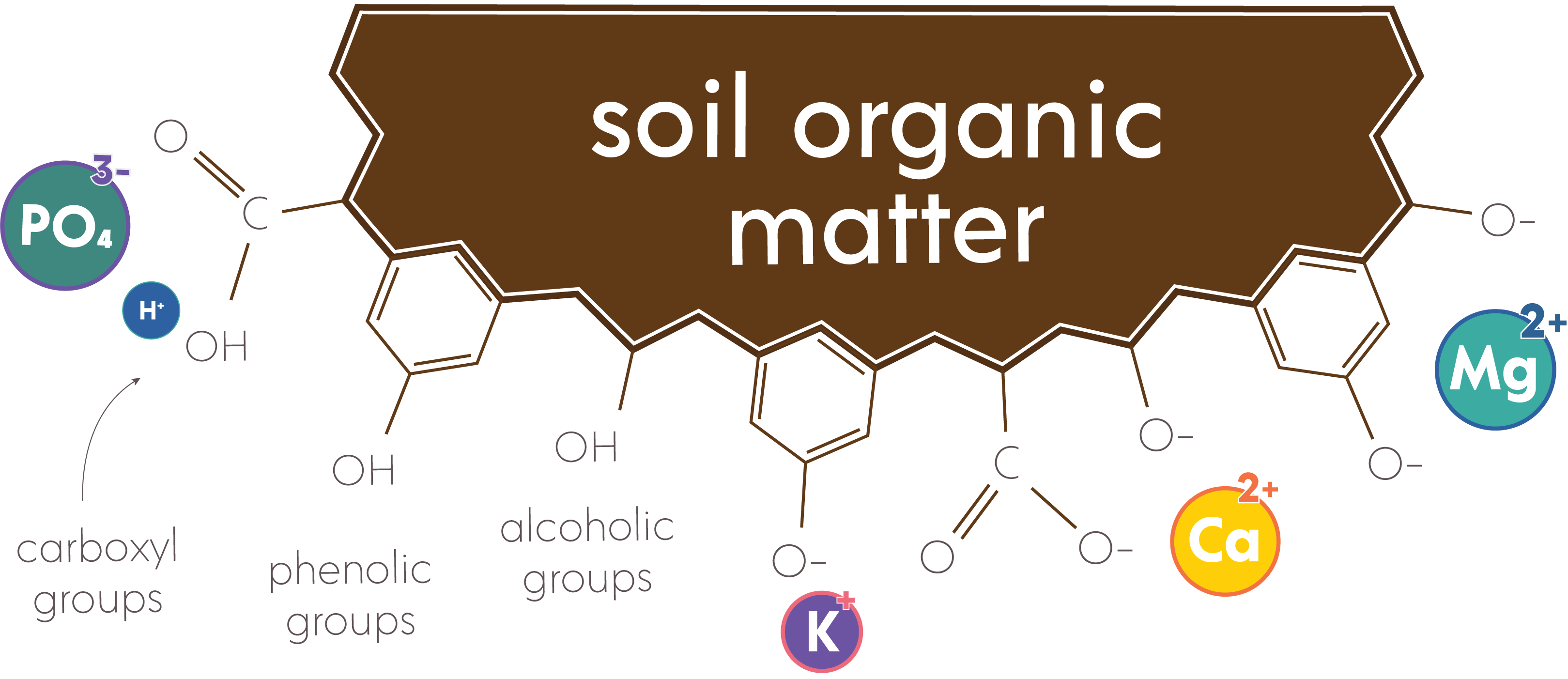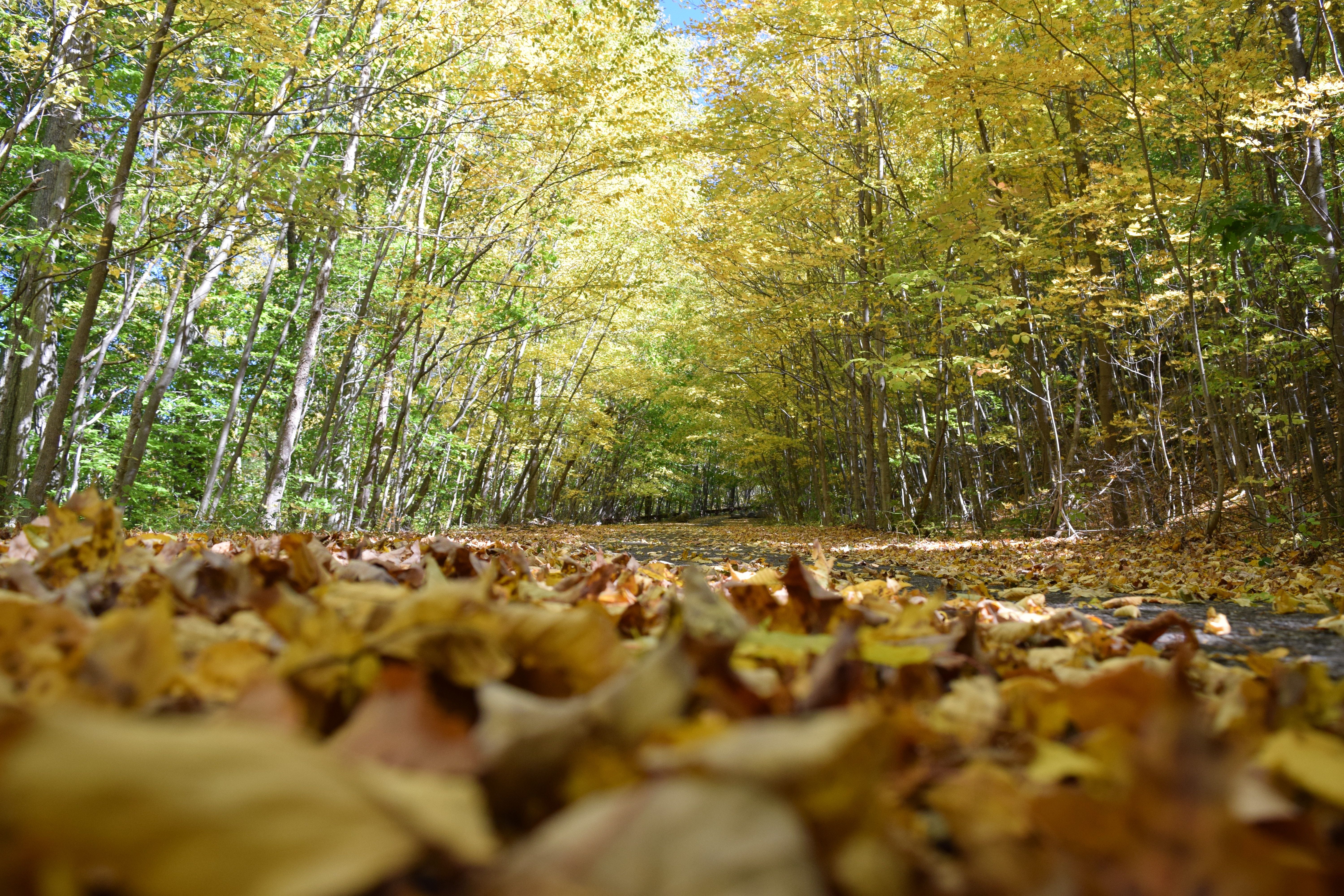soil texture
the particles in soil are classified by size into sand, silt, and clay. the proportion of these three particle sizes determines the texture of the soil - how it feels in your hand, how water moves through it, how fertile it is, and much more!
textural class
soils are grouped into 12 different textural classes that behave similarly, based on similar ranges of sand, silt, and clay.
enter numbers in the boxes below (equal to 100) to see what the textural class is:
.

= % sand
= % silt
= % clay
clay properties
clays are considered the “active” portion of soil. they have higher total surface area and are often electrically charged (like magnets), allowing physical and chemical reactions to occur on their surfaces.
the large, charged surface of clays can hold onto water and nutrients; preventing their loss to gravity (or leaching). the amount and type of clays in a given soil largely determines its water and nutrient holding (or cation exchange) capacity.
water dynamics
soil organic matter
the supra-molecular aggregation of plant, animal, and microbially-based compounds. organic materials in soil are in various stages of decomposition (or break down). some is converted into stable organic matter and can stick around for 100's to 1000's of years.
exchange capacity

som also has large surface area and charge (varies with pH), contributing significantly to a soil's water and nutrient-holding capacity.
aggregation
aggregate formation
structure
the way that individual soil particles (mineral and/or organic) stack together determines the size and shape of soil aggregates and the space between them; or what is known as soil structure. this is a more dynamic property that can change over short time periods.
pore space
the open spaces within and between soil aggregates. the more pore space, the less dense the soil, and the easier for roots to grow and air/water to flow.






